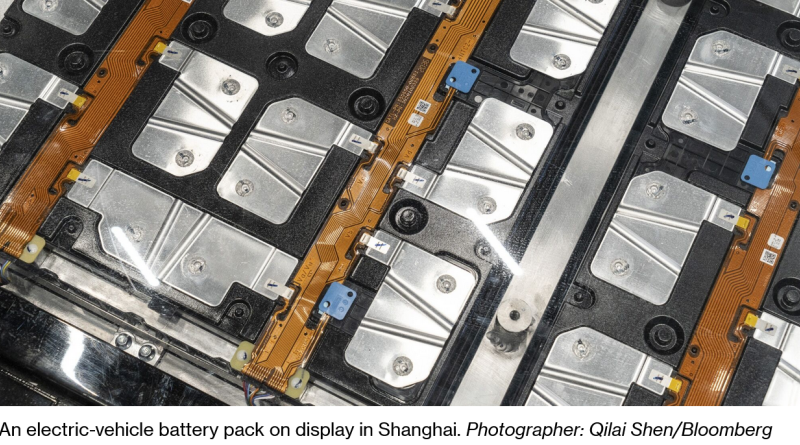Pack-level prices for the most-sold battery chemistries have been below the often-referenced $100/kWh benchmark in China since October 2023, and LFP pack prices are now at $75/kWh. At that price, EVs can be priced at or below combustion cars in most vehicle segments, marking a huge shift. China is the world’s largest auto market, and battery-electric vehicles are currently the cheapest drivetrain by average transaction price in the country, even after stripping out mini city cars from the dataset.
Electric Vehicles Are Cheaper Than Combustion Models In China
Average vehicle transaction price by drivetrain
Source: BloombergNEF, China Automotive Technology and Research Center.
Note: Battery-electric vehicles exclude mini cars.
It will take some time for those prices to be fully reflected outside China, but some of that is already happening. Even today, battery prices across different applications are converging as vendors hunt down new sources of demand. That’s good news for commercial EV manufacturers that typically have paid a significant premium for batteries compared the car market.
Almost two-thirds of EVs available in China are already cheaper than their internal combustion engine equivalents, and many cheaper electric models are planned for launch outside China in 2025 and 2026.
Electric Vehicles Are Cheaper Than Combustion Models In China
Share of EV models priced above of below combustion equivalents
Source: BloombergNEF, China Auto Market
The stationary energy-storage market may be the biggest beneficiary. Crashing battery prices make the economics of adding large-scale energy storage much more attractive. Prices of turnkey energy storage systems are already down 43% from a year ago, and our team at BNEF is watching for that segment to soak up some of the additional supply. Overcapacity isn’t going anywhere anytime soon, but BNEF expects global stationary storage installations to rise to 155 GWh this year, up 61% from last year.
Energy Storage Installations Are Booming
Global gross energy storage additions by market
Source: BloombergNEF
Note: 2024 data is BNEF's forecast. Other includes BNEF buffers not explicitly allocated to a specific country or application
All of this underscores how the harbingers of scarcity were wrong, at least so far. Over the last four years, there was a steady drumbeat of predictions that batteries and battery metals would be in short supply indefinitely.
Toyota was among the most prominent companies to voice this view, claiming just last year that there were not enough batteries to go around, and that sharing them between hybrids was a better way to reduce emissions than deploying full electrics. Those claims look very outdated now as battery prices continue to plunge.






